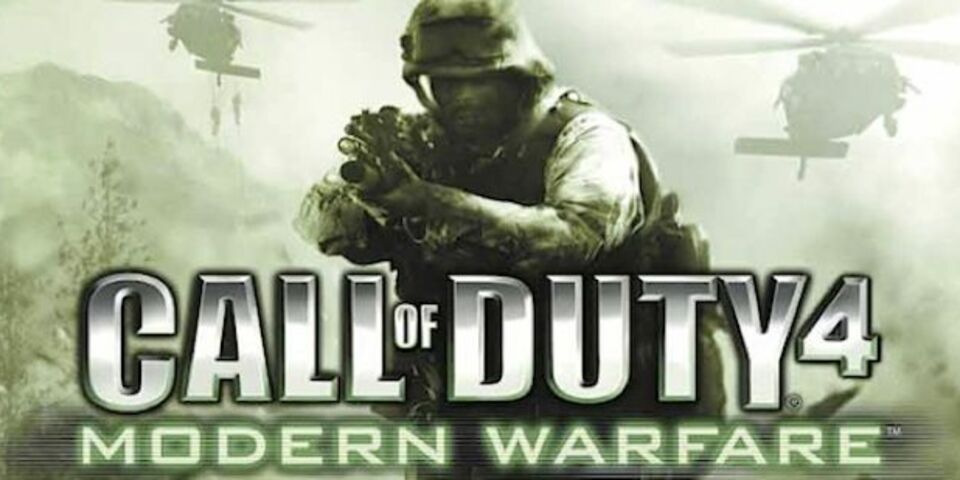“That sobbing soldier has to go”
The obvious worst-case-scenario end of the world as we know it according to media researcher and publisher David Nieborg is: “Someone pushing a button on a Playstation controller”. That’s the way the US Army controls its nuclear armory, as attendants of the SG lecture learned last Wednesday. It was one of the fascinating examples that Nieborg put forward in his story about the inextricable link between war games and the US army.
The US Army needs eighty thousand new recruits every year. To get to that number, it has over a billion dollars at its disposal for recruitment purposes. Hollywood movies that need tanks or helicopters can loan those from the army for free, often on the condition the movie doesn’t show any crying soldiers, says Nieborg. After all, that doesn’t make the army very appealing to potential new recruits. The army has also developed a game, America’s Army, which attracted tens of thousands of players in the Netherlands alone.
“The game cost the army twenty million dollars, but it brought in seven hundred million dollars worth of new recruits.” The ‘set’ of Call of Duty – with a little under thirty million players one of the biggest war games out there – there’s even a US Army propaganda officer. Officially he’s there to keep the game as realistic as possible, but in reality he makes sure there are no civilian casualties, and that other more complex aspects of war remain underexposed. The only options gamers have, is killing the enemy a.s.a.p. It’s exactly what the army needs, says Nieborg. The ‘kinetic’ aspect, the excitement and action, is exactly what makes young men decide to enlist.


Discussion